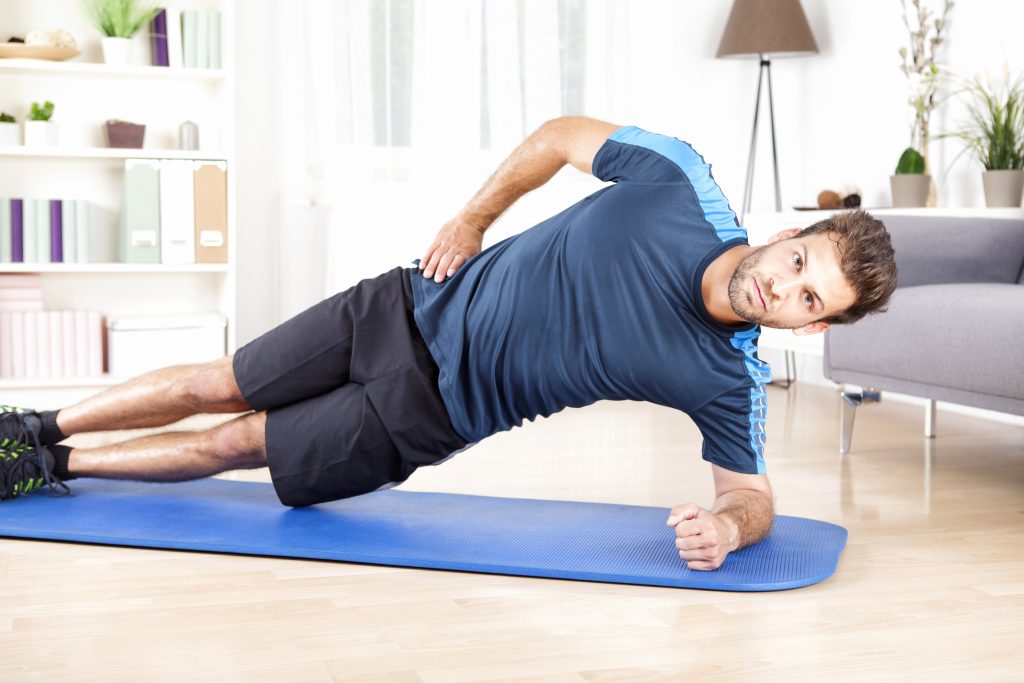I’m not here to hate on the side plank.
Truth be told: It’s a rare occurrence that I start working with someone and (s)he can perform it well. It’s a staple exercise with myriad benefits in both rehab and traditional strength training to target the core musculature – particularly the obliques.
Too, it’s also no coincidence, thanks to Dr. Stuart McGill, it’s considered one of the “Big 3” with regards to spinal health and working around and managing low-back pain.
When done correctly, the side plank can be a very challenging and worthwhile exercise to include in most programs.
- Check out THIS article for particulars on common mistakes and how to progress the side plank.
- Check out THIS article for other plank variations you should consider.

But Seriously, Do These Instead of Side Planks
I find the side plank to be the exercise of choice for lazy trainers. It’s the sort of exercise a shitty trainer will prescribe for their client when there’s 5-10 minutes left in a session and the trainer just wants to run out the clock.
“Okay Hank, we’re going to finish with Side Planks today. Three minute holds per side. Blindfolded. While reciting the Elvish alphabet backwards. Go!”
And then, of course, Hank loses all the perceived benefits of the exercise because his technique has been compromised after 15 seconds.
“Come on Hank, 2 more minutes, keep reciting, Ampa, Anto, Hwesta…”

To be clear: I think everyone should take the time to master the side plank. It’s an important drill. It’s just that after a certain point there’s a rate of diminishing returns.
Personally, if someone can perform it perfectly for a minute per side I’d rather go a head and make the exercise more challenging than force someone to go for longer periods of time.
More to the point, can I just go a head and say it?
The Side Plank is just a boring exercise.
I’d rather spend the same amount of time scooping up my cat’s fur vomit.
To that end, here are two exercises that mirror all the benefits of the Side Plank but don’t make you want to commit seppuku when you actually do them.
1. Chaos March
Take a kettebell and wrap a band around one end. Grab onto the other end and hold it to your side as if you were holding a suitcase.
While maintaining a completely upright posture (no leaning!) march in place and try to keep the kettlebell “quiet.”
Also: In case it wasn’t obvious by lurking at my bookcase in the background: My kid loves puzzles.
Also (Part II): That’s Molly Galbraith’s book, Strong Women Lift Each Other Up, that’s upright and facing the screen.
That wasn’t done on purpose. But it IS a great read and you should check it out.
2. Offset Farmer Hold
1. Grab a Trap (Hex) Bar, or even a standard straight bar, and load one end with a plate.
2. Stand upright.
3. Don’t tip over.1
Even though nothing is moving, I find this drill much more palatable for the bulk of my clients because it simply looks badass.
WU-TANG!




